Wide-margined copy of Bonaventure’s 1477 commentary on Peter Lombard
£6,800.00
BONAVENTURE. Commentarius in secundum librum Sententiarum Petri Lombardi. Treviso: Hermannus Liechtenstein, 1477
Chancery Folio (280 x 210mm), quarter calf over wooden boards, an attractive 19th century pastiche with remains of clasps, blind-tooled in an early 16th century Northern Italian style, raised bands, endpapers renewed but not modern; ff. [334], A-O10 P-Q8 R10 a-f10 g12 h-p10 q-r8, 49 lines per full page, gothic letter, double column, first recto and last verso somewhat dusty and a bit soiled, very minor fraying to lower edge of first leaf, two very small worm holes at blank foot of first four leaves, small light water stain along upper or lower outer edge of few gatherings, another along blank gutter of last two gatherings (heavier to last leaf), ink smudge to e8v-e9r, very small paper flaw to extreme outer blank corner of P2, handful of leaves slightly foxed or soiled at margins; c.1600 ms. ‘Pier Lombardo detto Magister Sententiarum’, occasional late 15th century/c.1500 ms. annotations, 20th century bookplate of Ulrico Hoepli to front pastedown. A good, well-margined copy, with a few contemporary annotations, of the second edition of this important commentary on Peter Lombard’s ‘Sentences’.
First printed in Venice in the same year, it was here reprinted by Hermann Liechtenstein, who operated in various city of the Veneto. Bonaventure (1221-1274) was a Franciscan Scholastic theologian, who taught at Paris and was canonised in the 1480s. He lectured there on the ‘Four Book of Sentences’ – a reference point for medieval theology – a theological compilation based on Scriptural quotations, written by Peter Lombard c.1150. Bonaventure published a commentary on Book I, on the mystery of the Trinity, in 1474-1479.
The present ‘Commentarius’ is entirely devoted to Book II, which is concerned with the Creation, from a theological, physical and spiritual point of view. The text by Lombard on which the ‘Commentarius’ was based was that later subdivided by Alexander of Hales into ‘distinctiones’. Bonaventure added the end of each some ‘dubitatio’, which addressed problematic passages, followed by a ‘responsio’. Subjects discussed include the nature of angels and demons, the six days of Creation, the nature of the body of the first man and the original sin.
The contemporary or near contemporary annotator was especially interested in the properties of the flesh and bodily appetites, also in relation to baptism. This copy was sometime in the possession of Ulrico Hoepli (1846-1935), a major bibliophile and antiquarian bookseller.
ISTC ib00872000; Goff B872; BMC VI 892; GW 4658; HC 3539*.
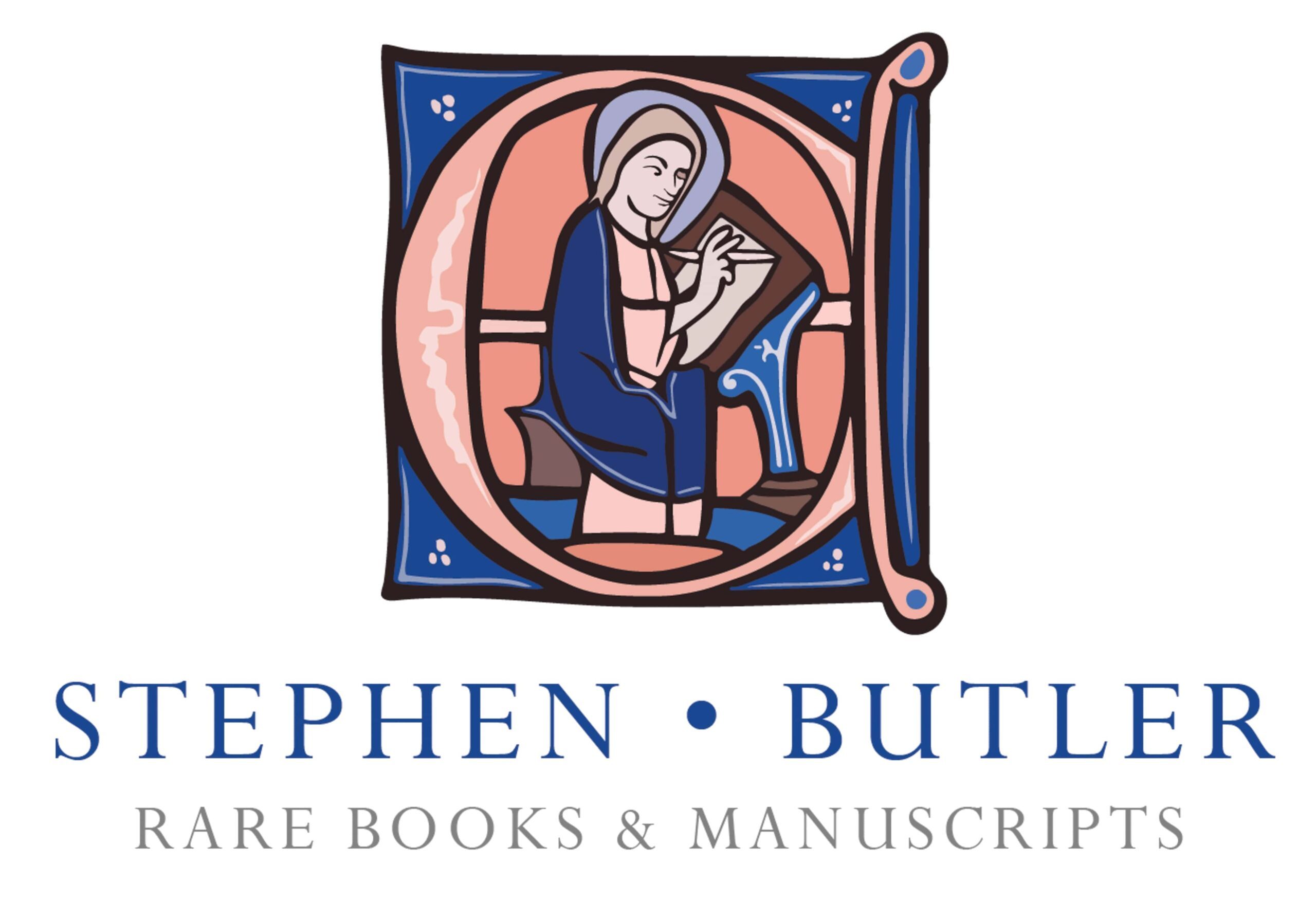
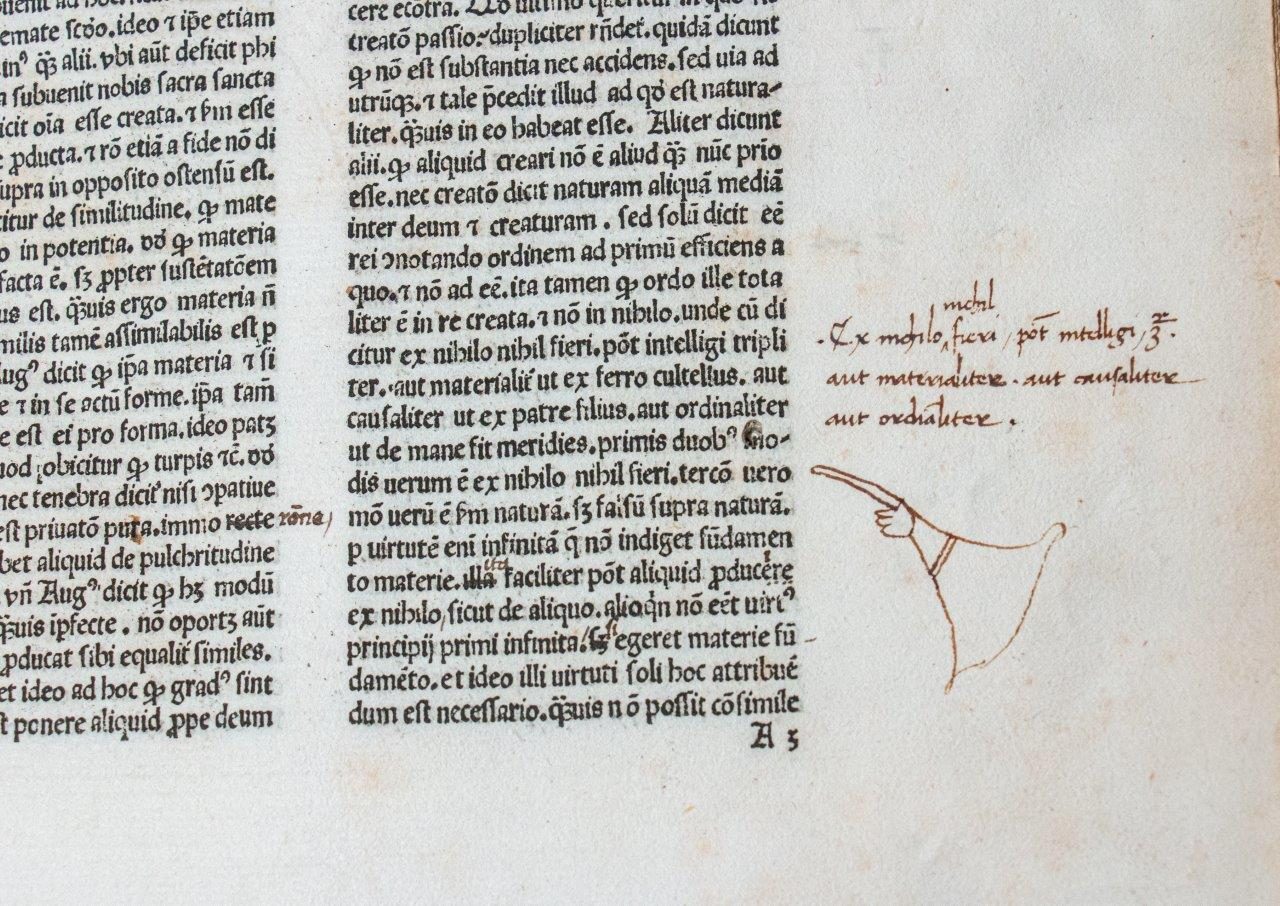

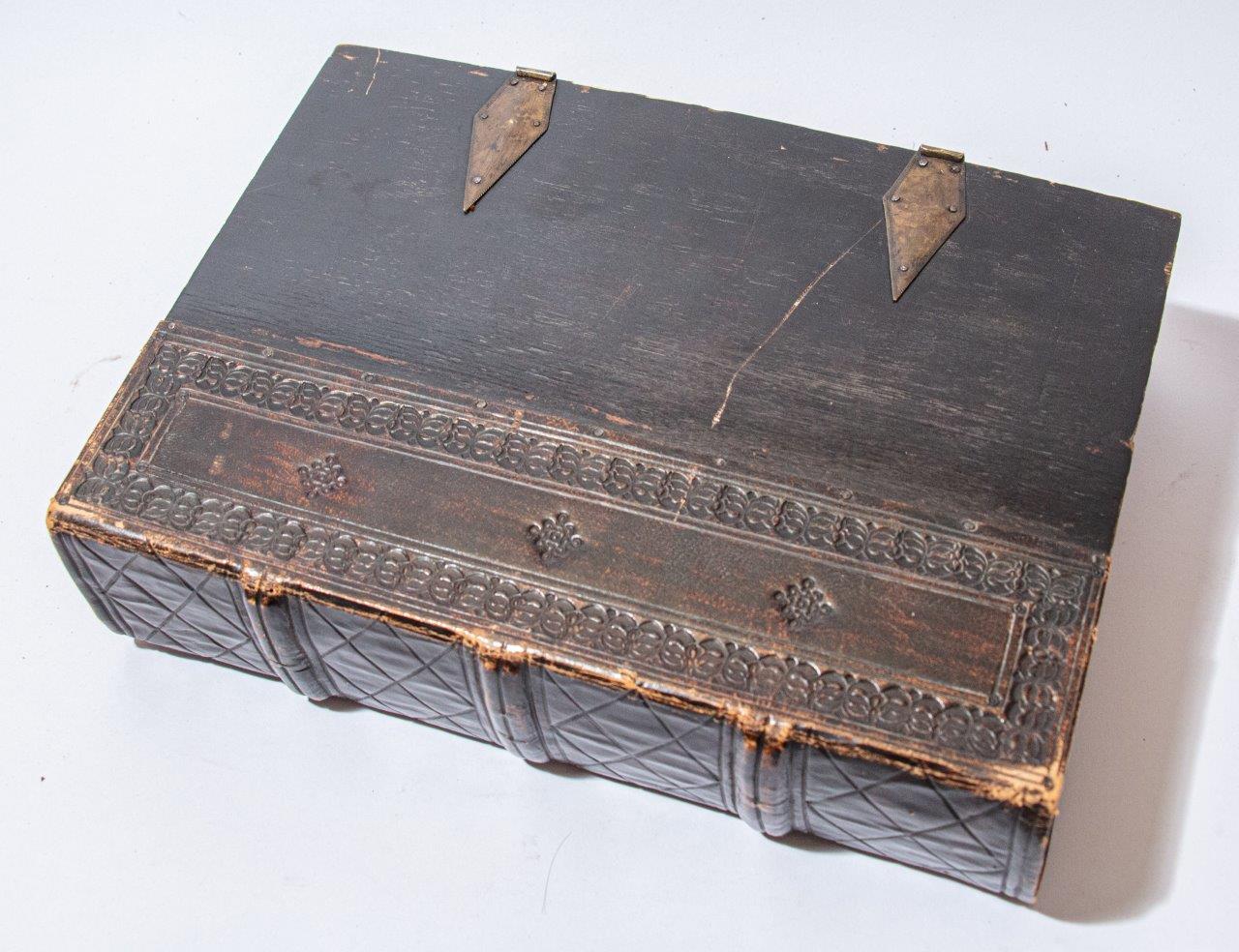
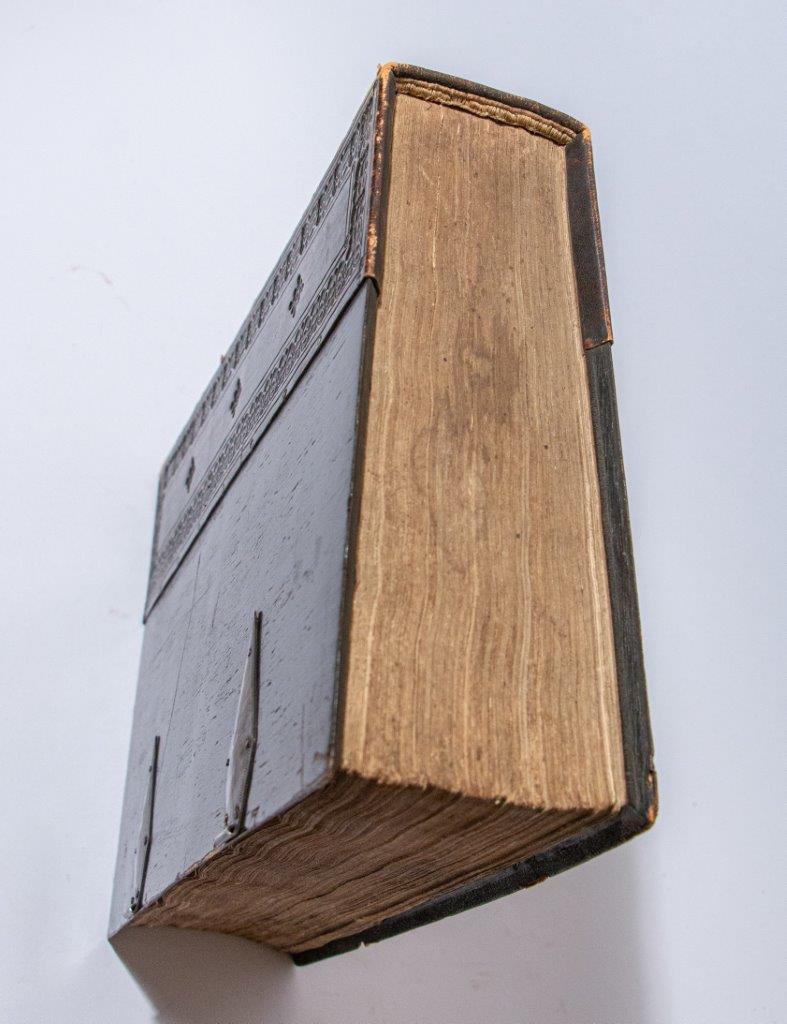
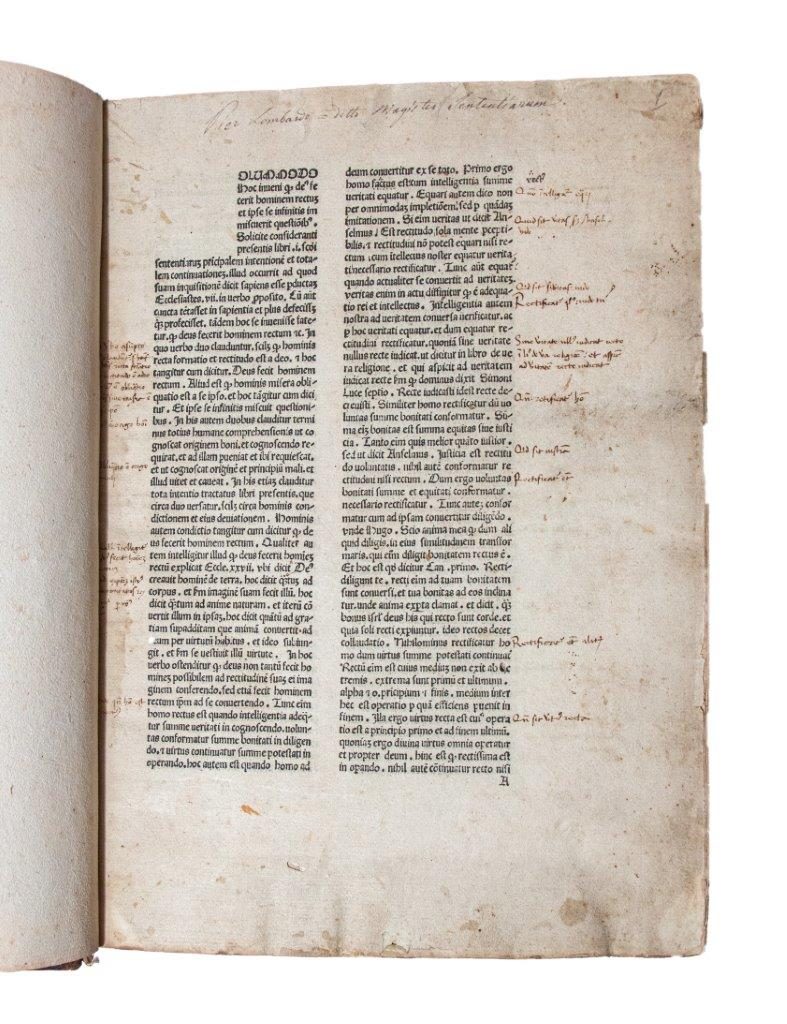
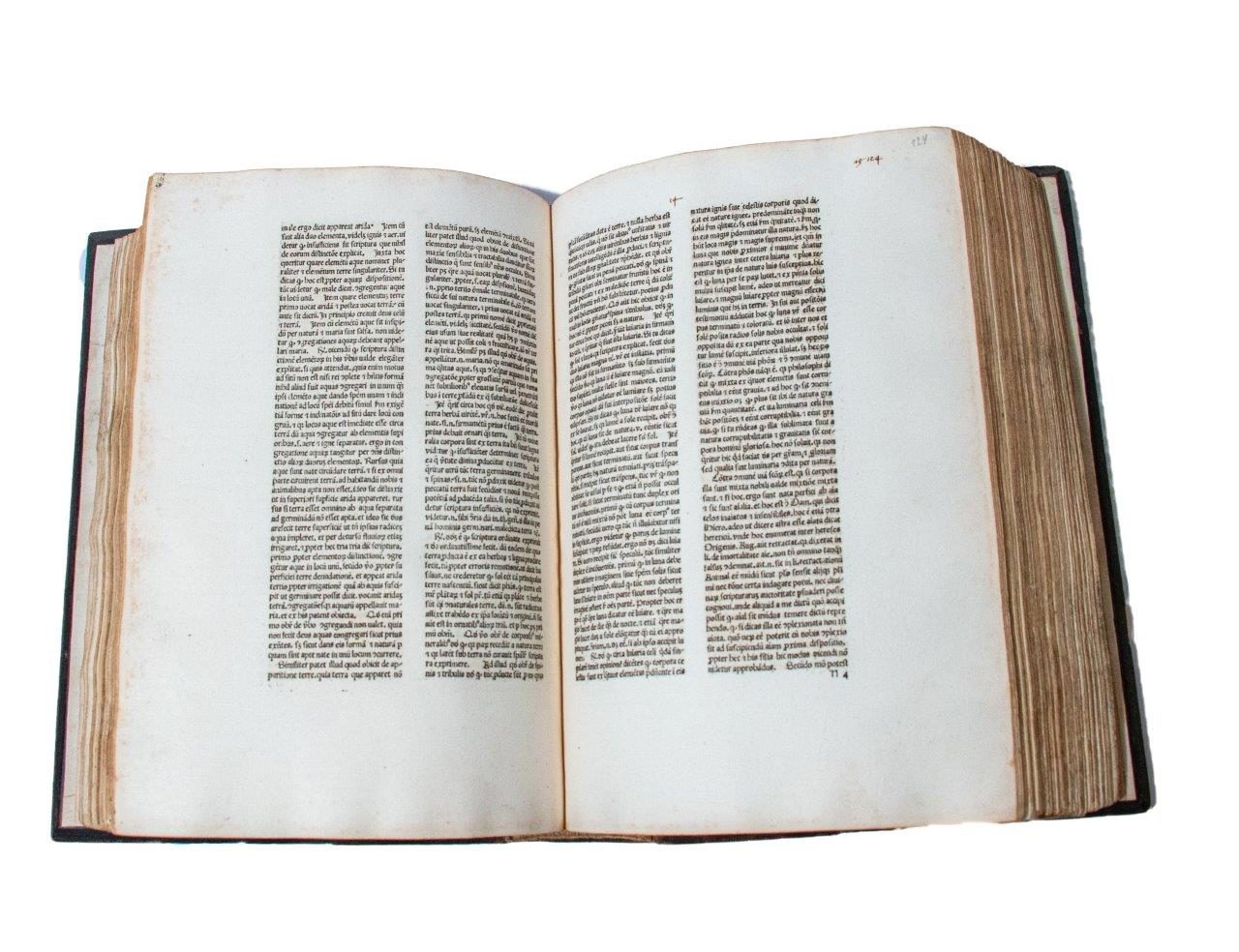
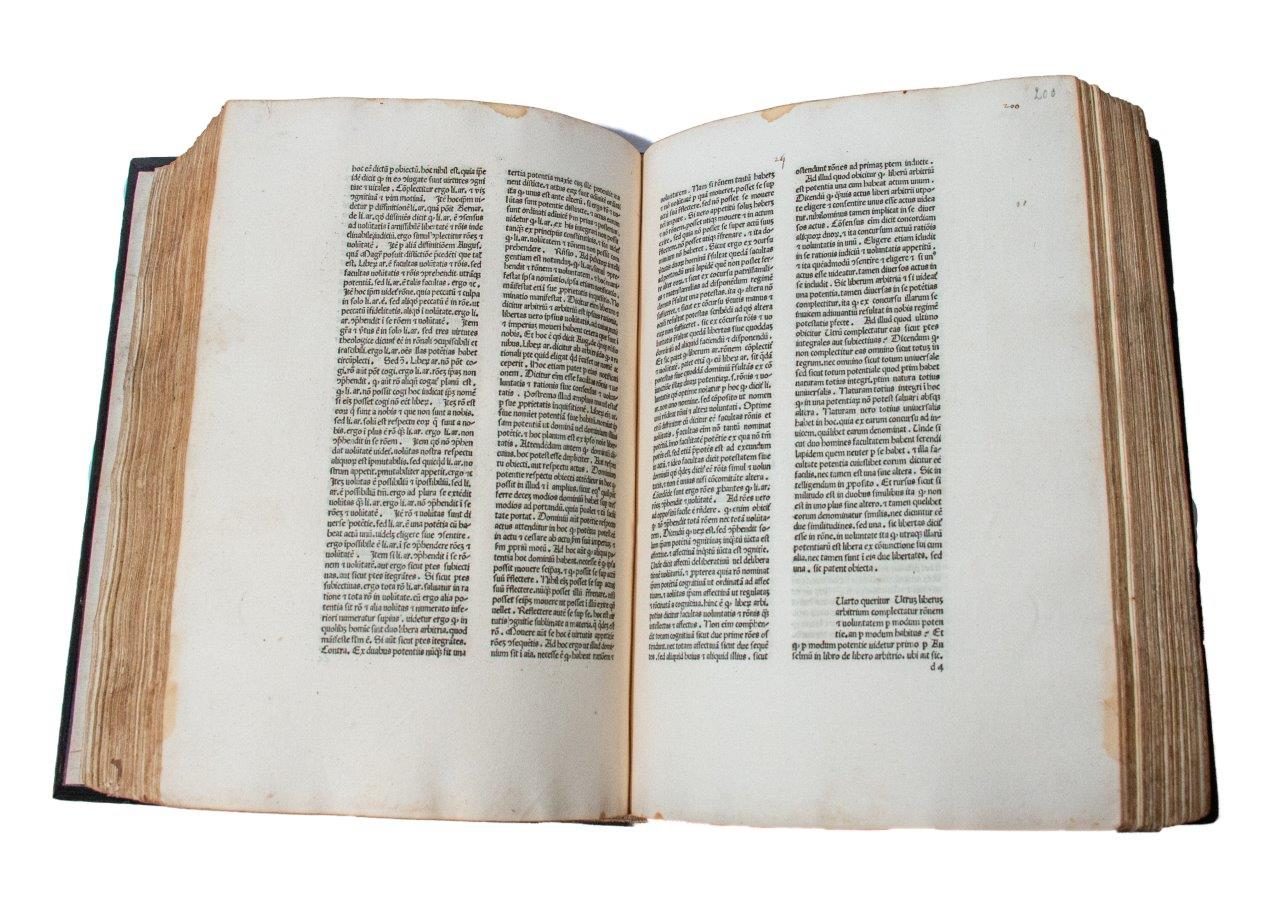
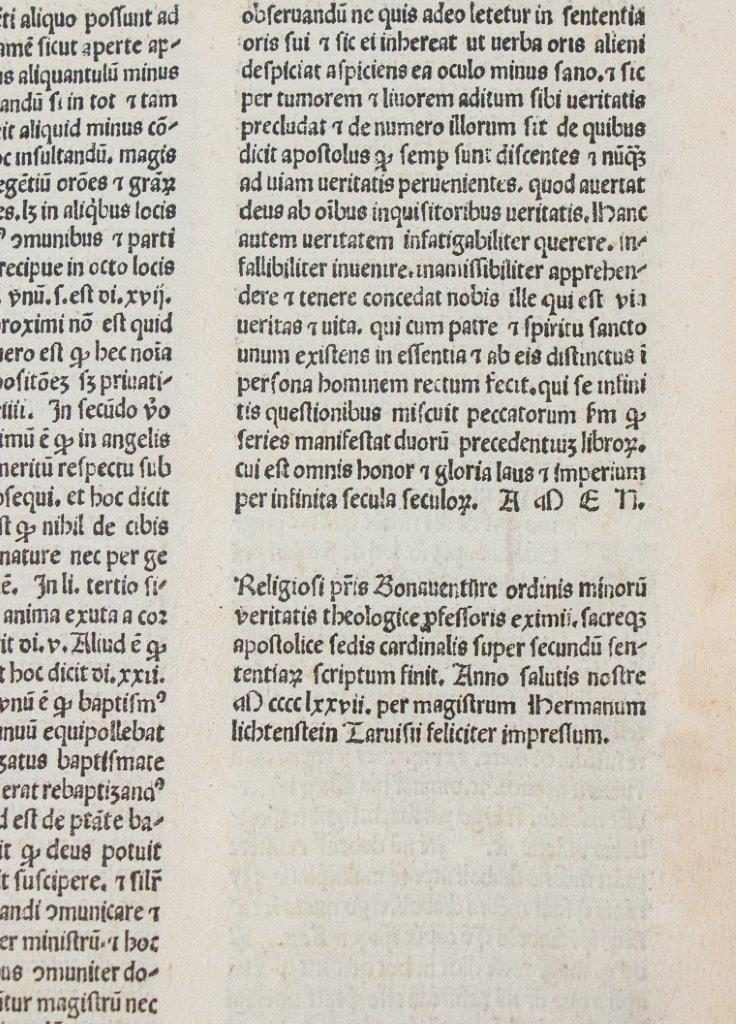
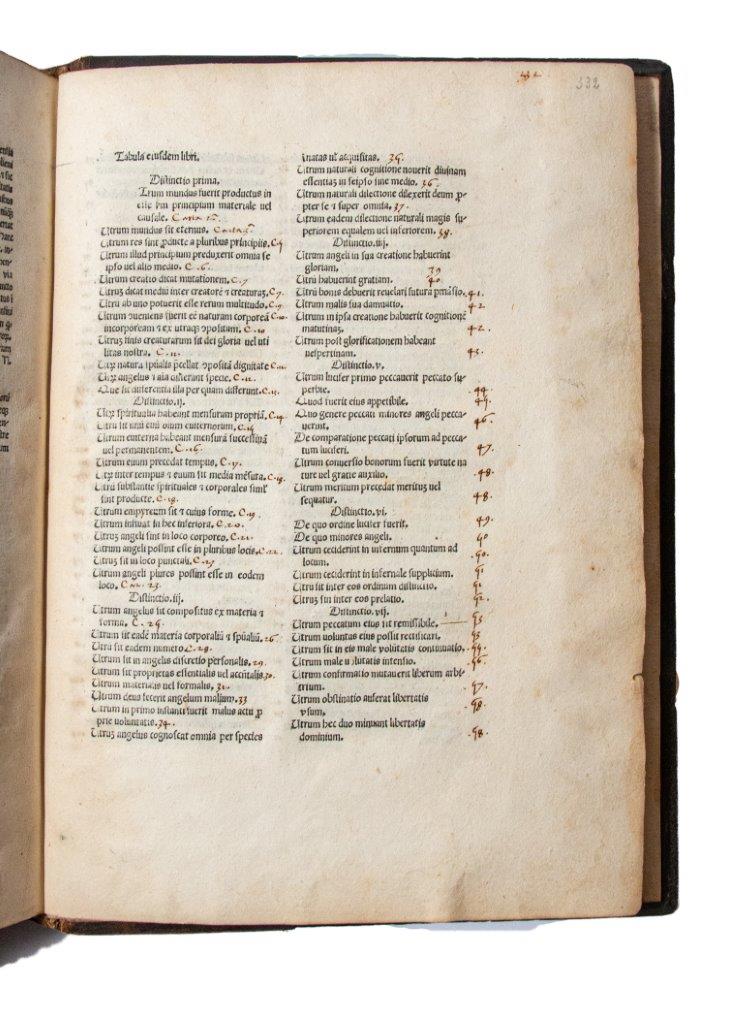
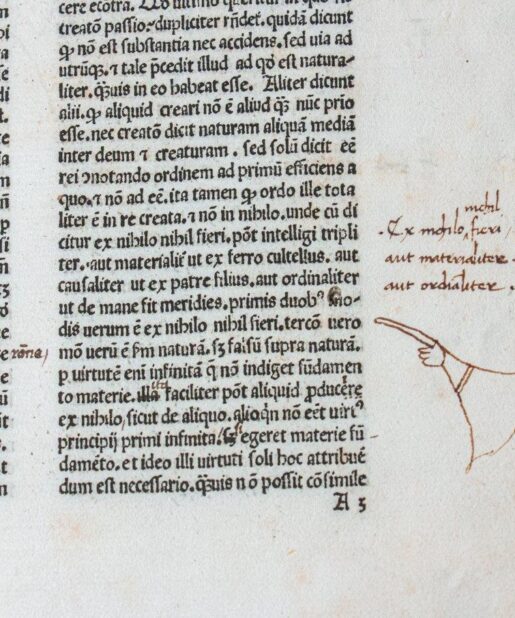
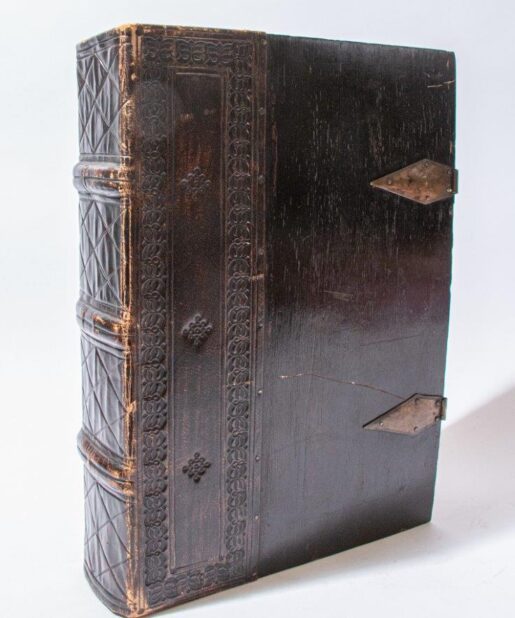
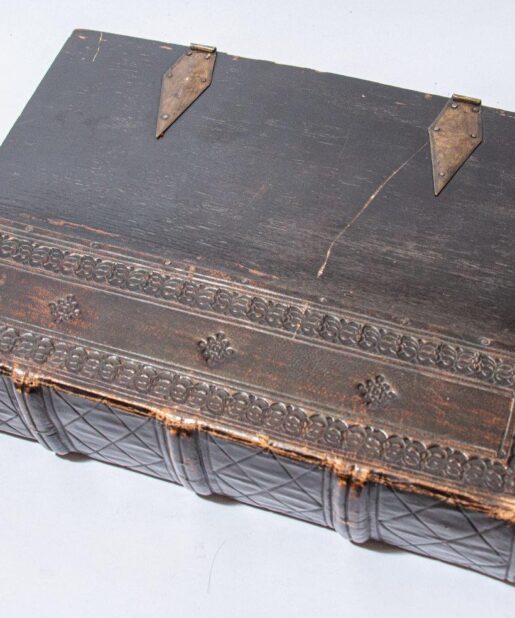
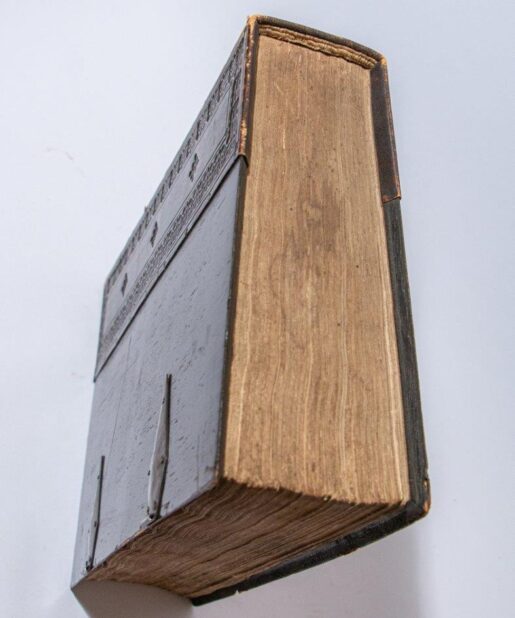
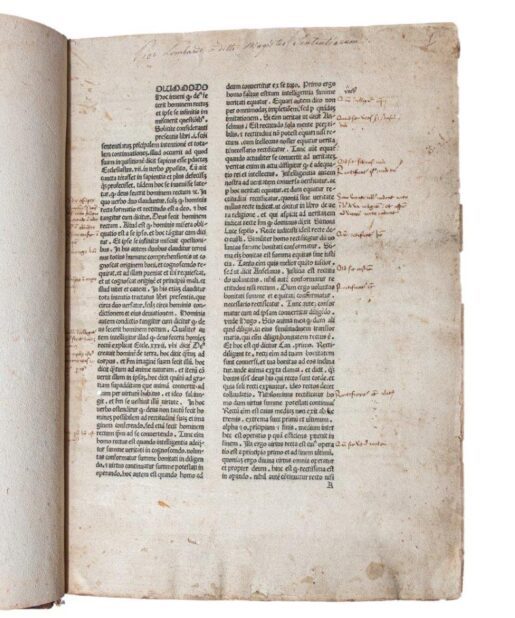
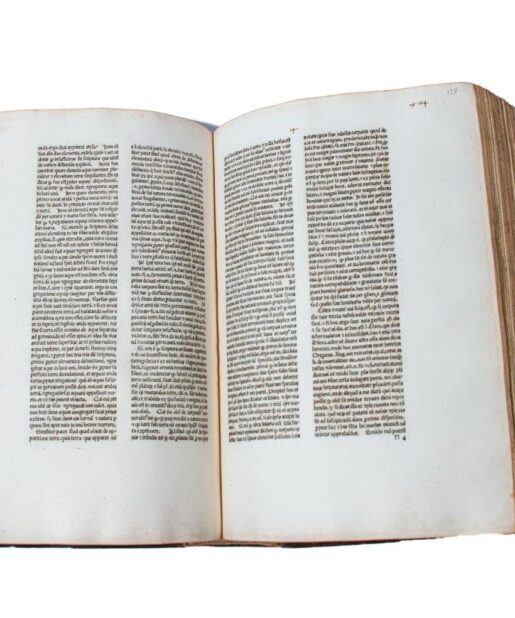
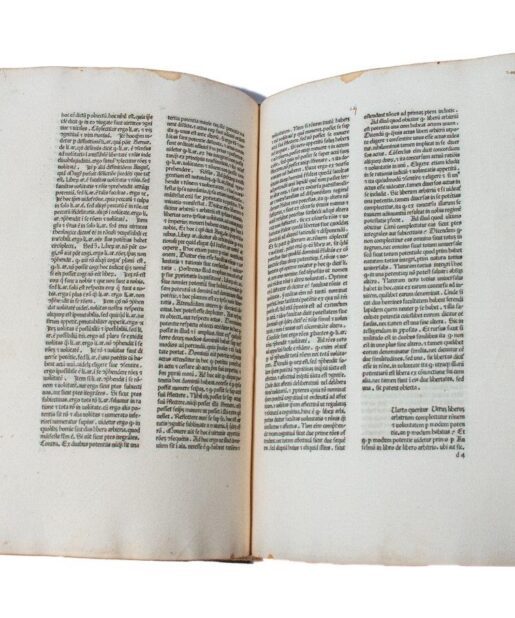
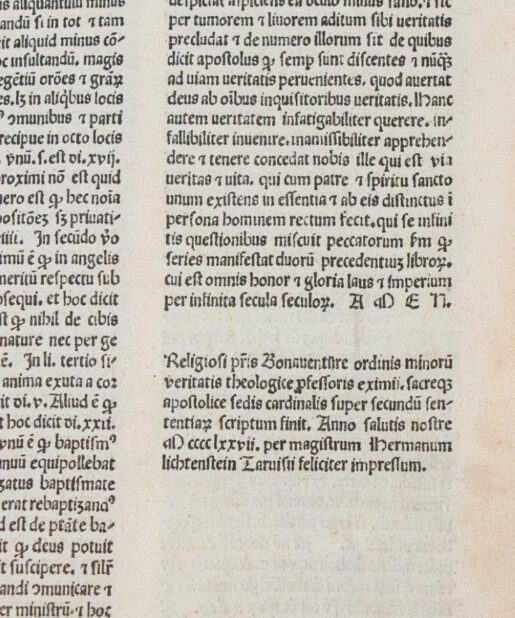
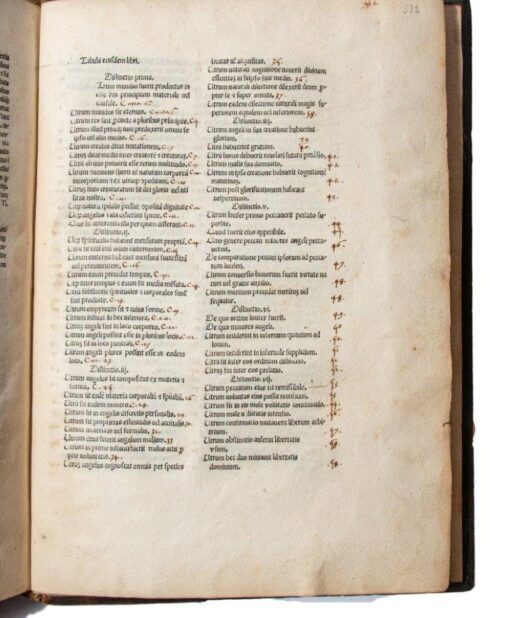
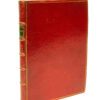
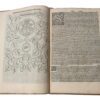
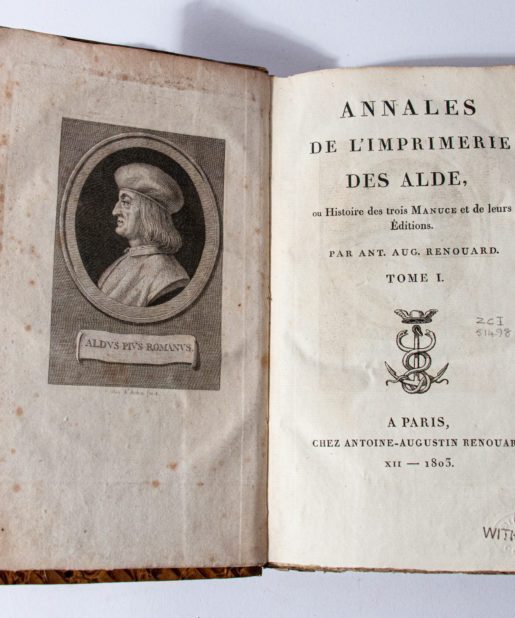
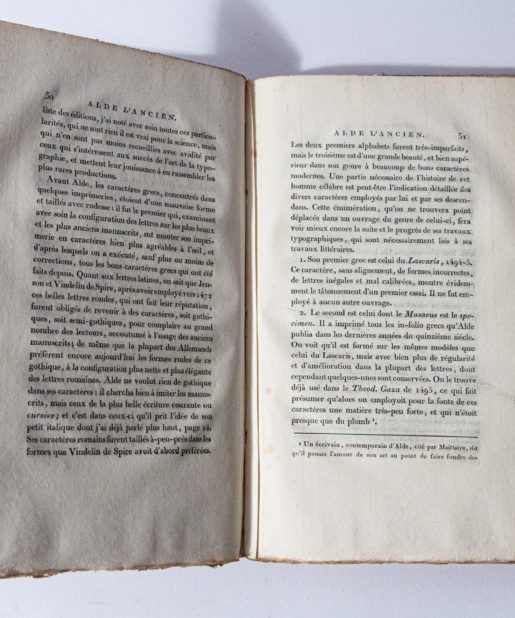
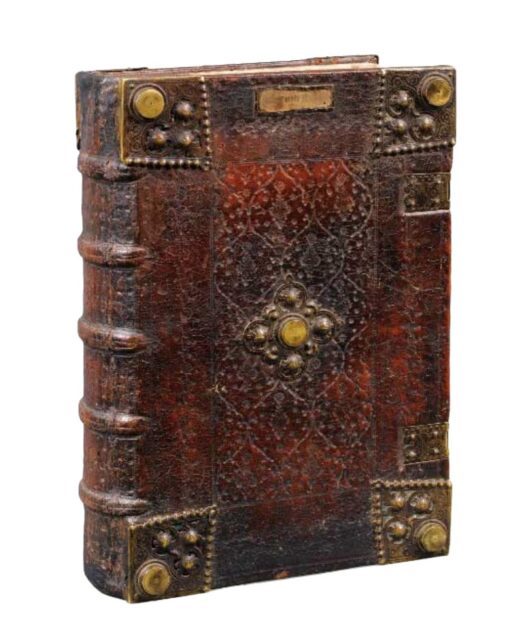
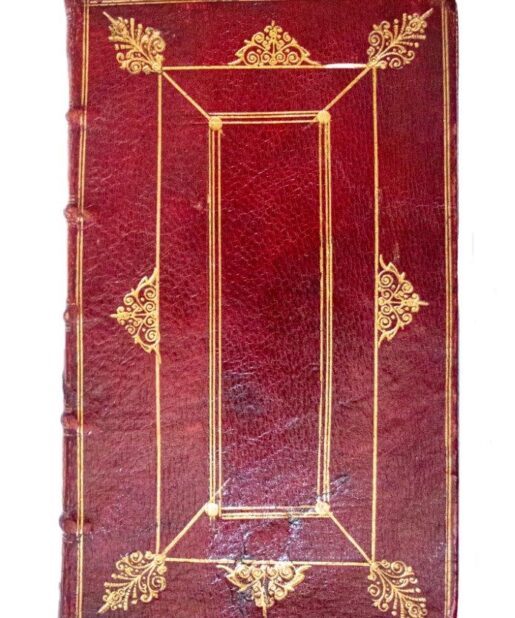
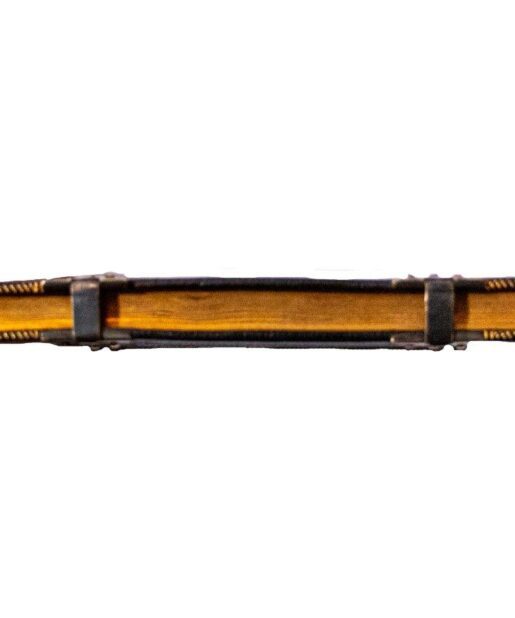
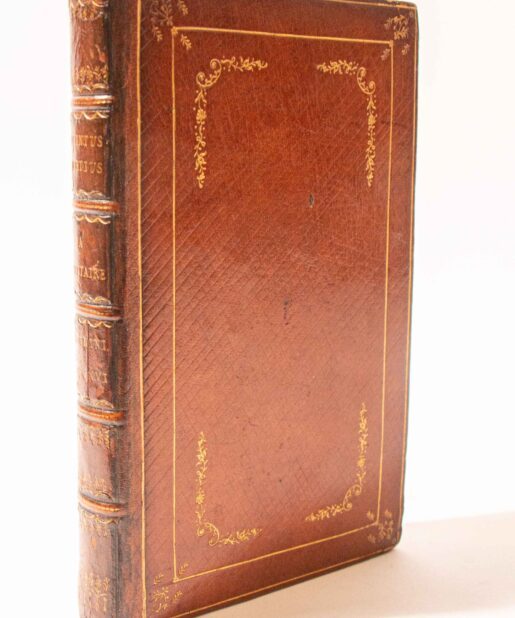
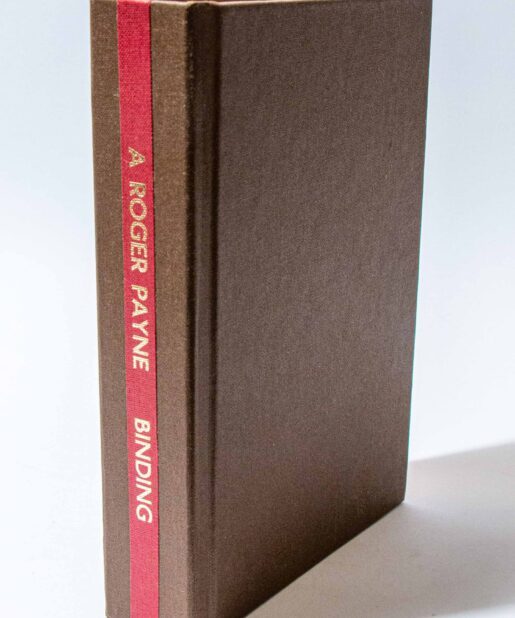
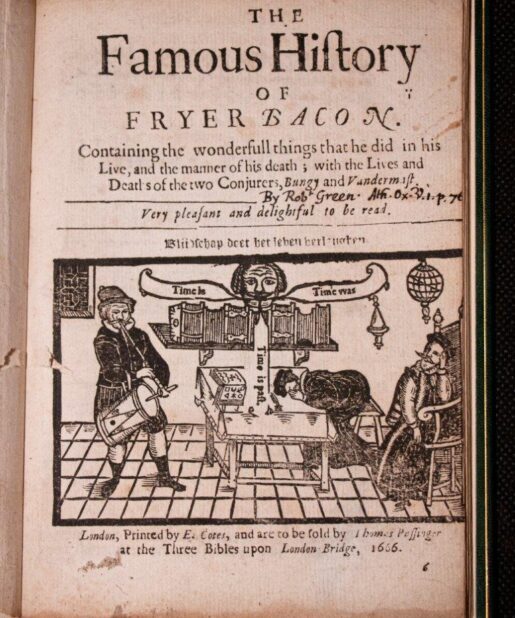
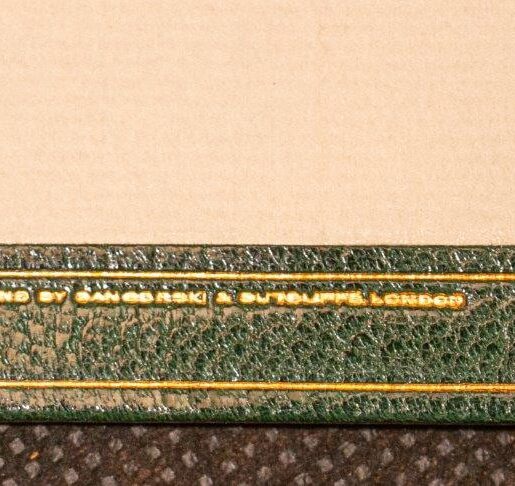
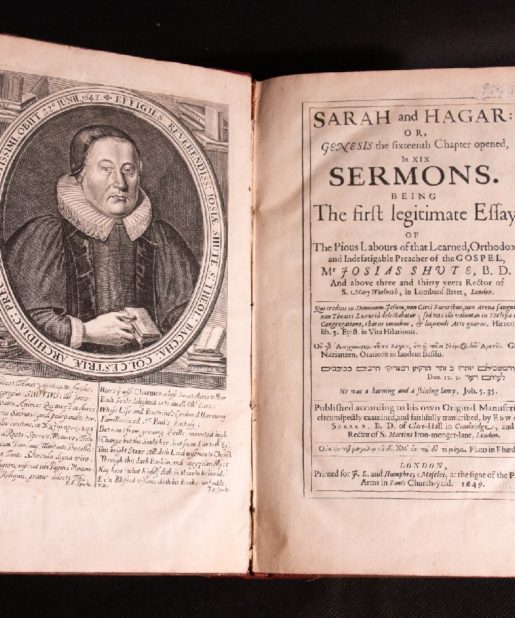
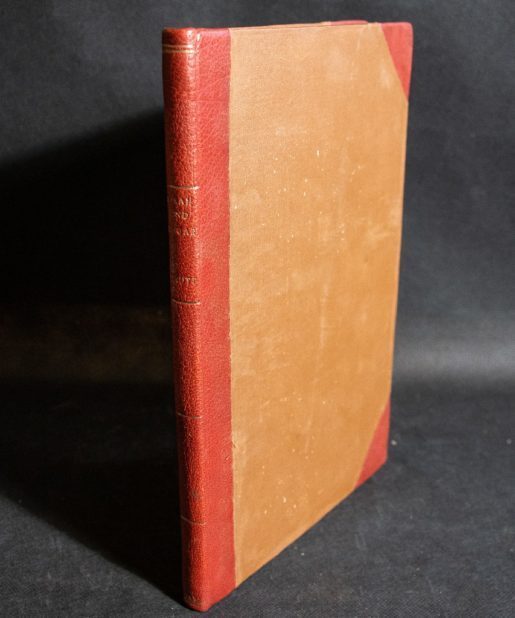
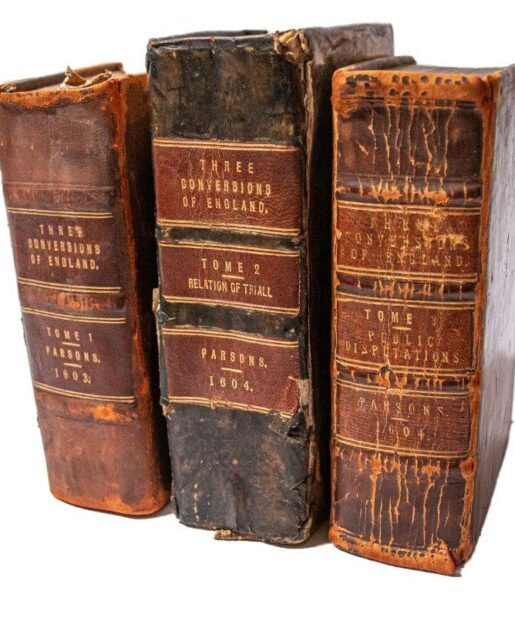
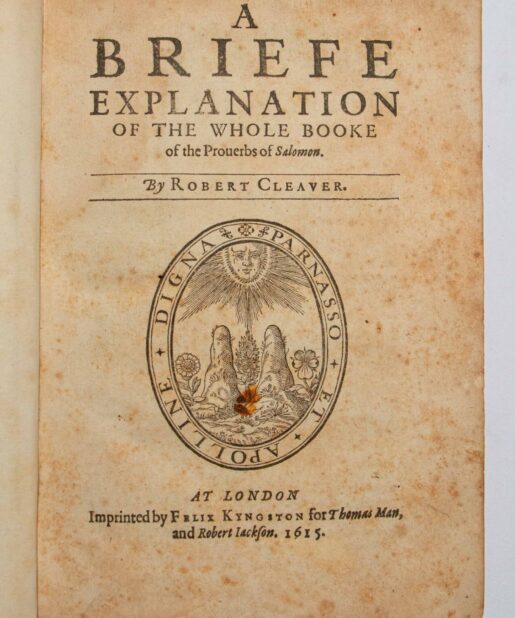
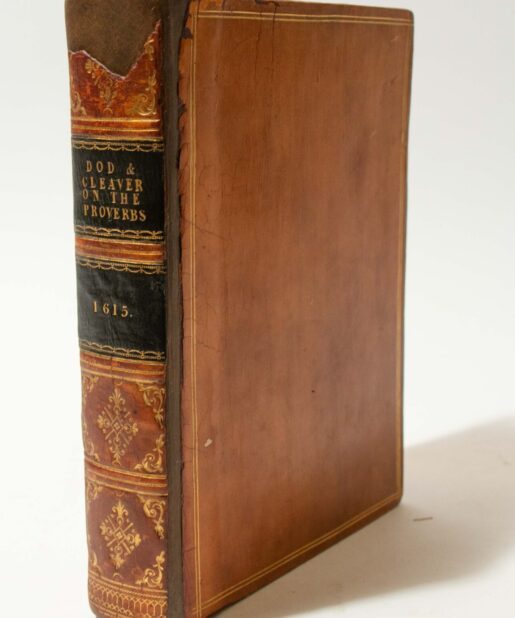
Reviews
There are no reviews yet.